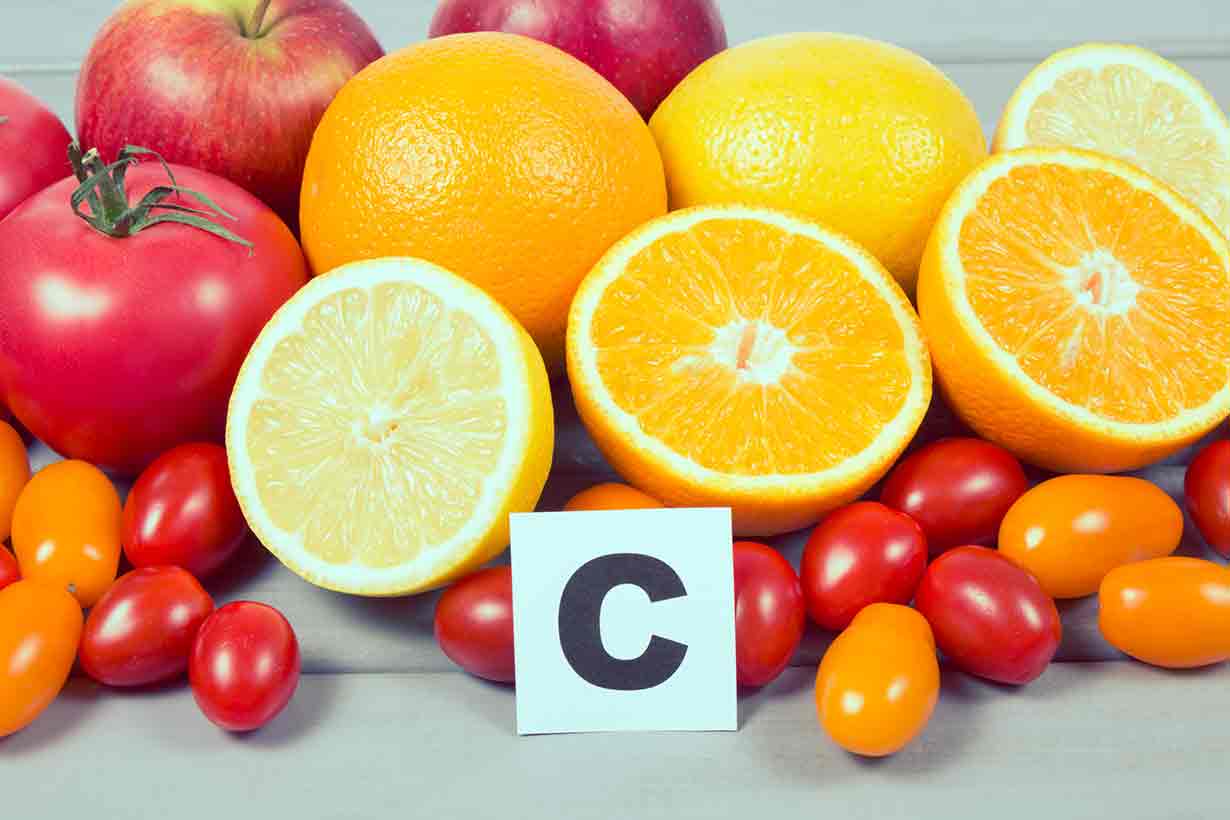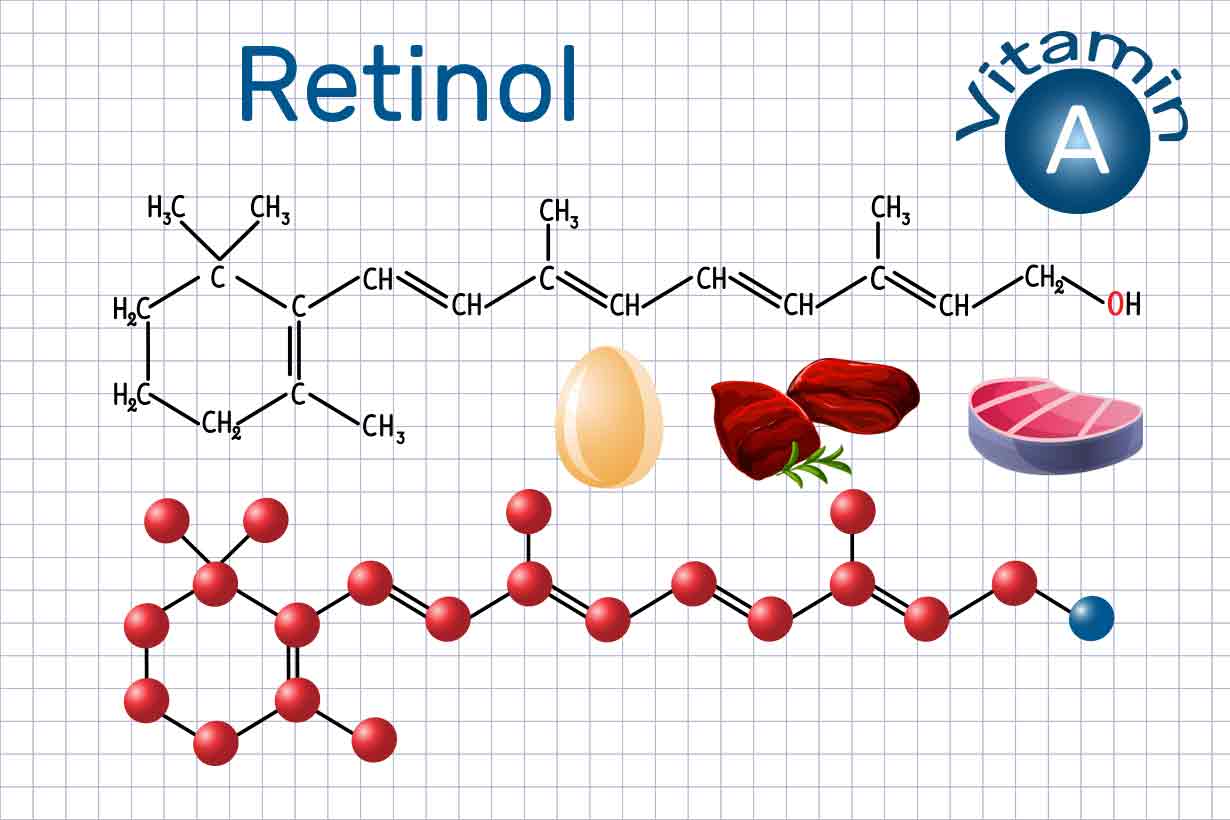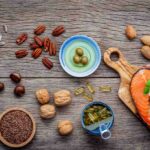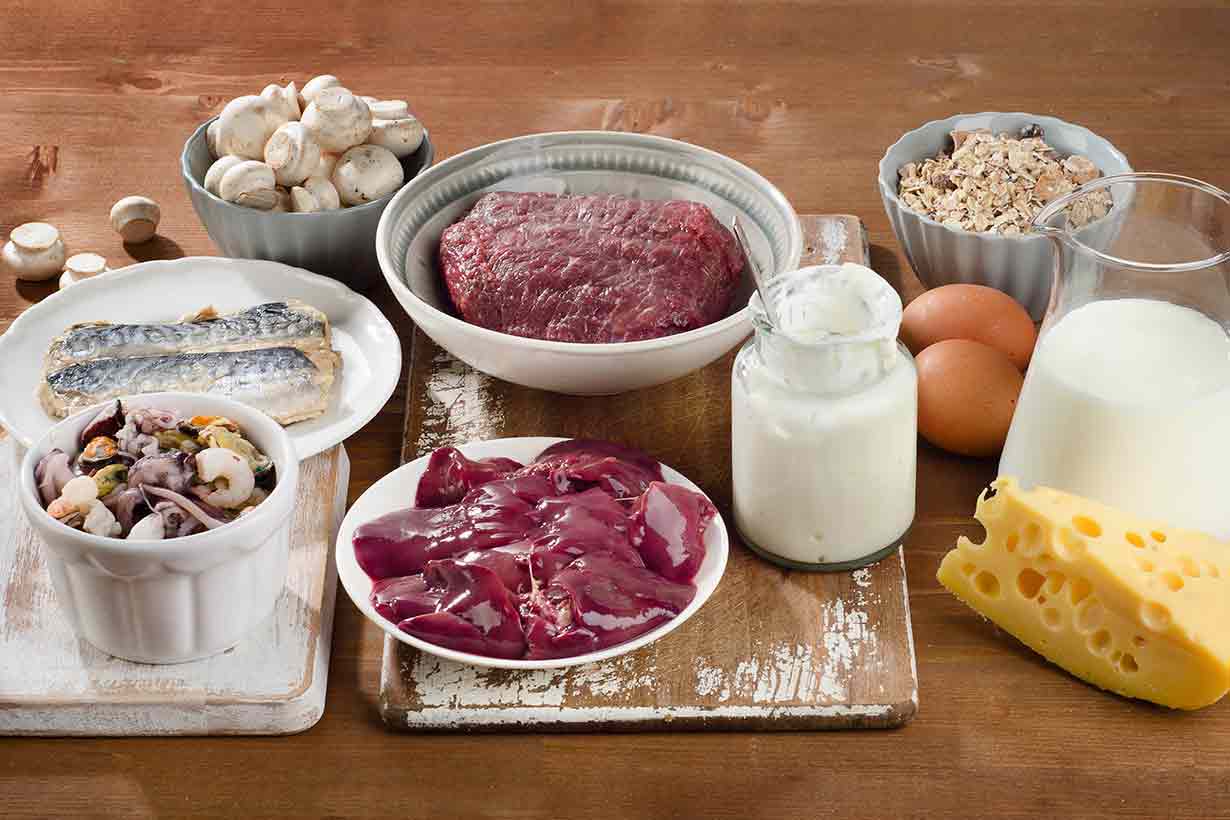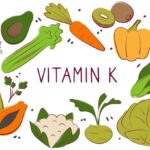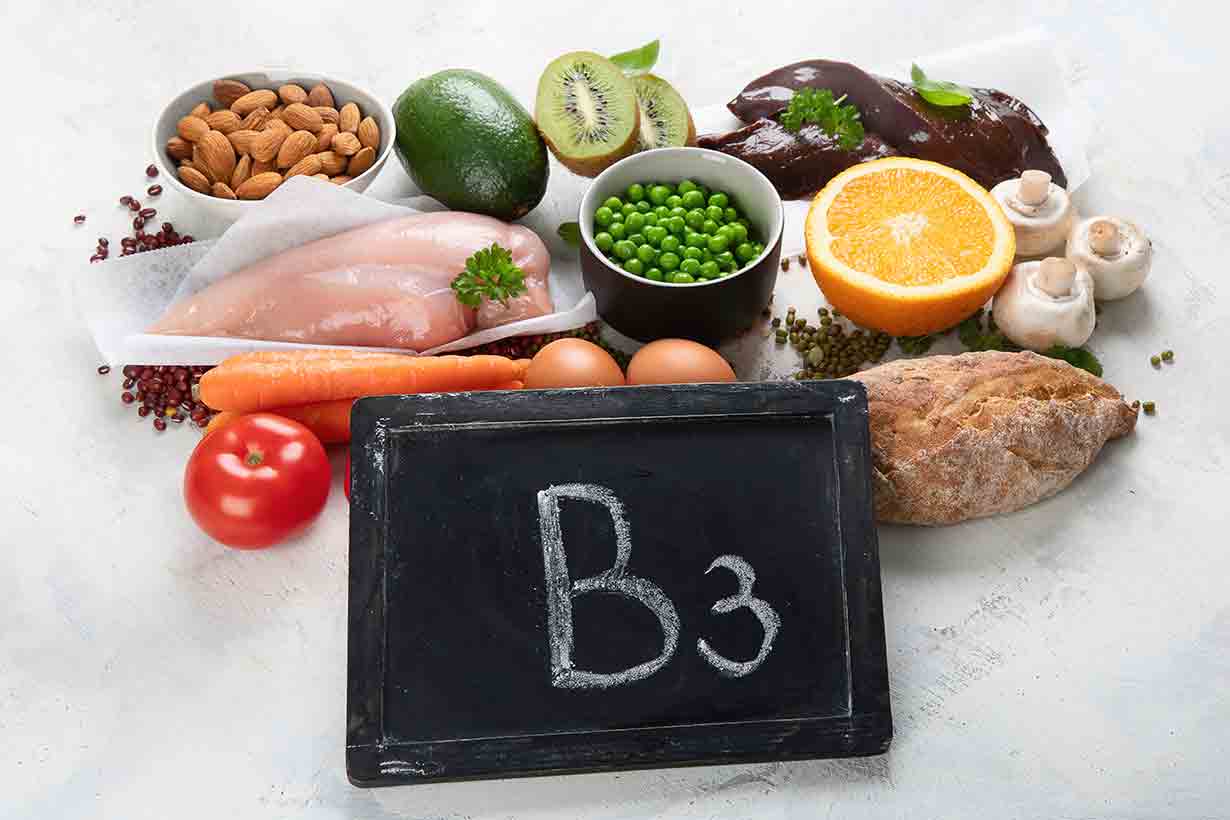40 Foods High In Choline
This article provides a guide to 40 foods high in choline, with nutritional data provided per 100 grams and per typical serving.
Choline is a vitamin-like compound that plays a wide range of roles within the human body.
Though not officially classified as a vitamin, choline is an essential nutrient we must obtain through our diet, and it shares some characteristics with the B vitamin group.
One of choline’s key roles is its liver-protective properties. Research indicates that choline supports healthy liver function and may protect against liver damage (1, 2).
The United States Food and Drug Administration (FDA) has set a recommended daily value (% DV) for choline at 550 mg, based on a 2000-calorie diet (3).
All nutrition data in this article is sourced from the USDA’s FoodCentral Database.
1) Beef kidney, cooked
Beef kidney is a rich source of many nutrients, and it contains particularly high levels of choline. A three-ounce (85-gram) serving offers 79% of the recommended daily value (4).Choline per 100 grams Choline per 3oz (85g) 513 mg (93% DV) 436 mg (79% DV)
2) Beef liver, cooked
As well as being the best dietary source of vitamin A, beef liver has a significant choline content.
A three-ounce (85-gram) serving provides 66% of the daily value (5).Choline per 100 grams Choline per 3oz (85g) 426 mg (77% DV) 362 mg (66% DV)
3) Chicken liver, cooked
Despite not containing quite as much choline as beef liver, chicken liver is another of the best dietary sources.
A three-ounce (85-gram) serving offers 246 mg, equal to 45% of the daily value (6).Choline per 100 grams Choline per 3oz (85g) 290 mg (53% DV) 246 mg (45% DV)
4) Salmon, sockeye (red), smoked
A 108-gram fillet of smoked sockeye salmon contains 44% of the daily value for choline (7).Choline per 100 grams Choline per 108g fillet 224 mg (41% DV) 242 mg (44% DV)
5) Oysters, canned
A 12-ounce (272-gram) can of oysters provides 220 mg of choline, which is equivalent to 40% of the daily value (8).Choline per 100 grams Choline per 12oz (272g) can 81 mg (15% DV) 220 mg (40% DV)
6) Chicken breast, skinless, cooked
A cooked piece of chicken breast weighing 181 grams provides 39% of choline’s recommended daily value (9).Choline per 100 grams Choline per 181g piece 117 mg (21% DV) 212 mg (39% DV)
7) Chicken leg, including skin, roasted
A chicken leg (drumstick + thigh) typically contains 181 mg of choline, equal to 33% of the daily value (10).Choline per 100 grams Choline per 258g leg 70 mg (13% DV) 181 mg (33% DV)
8) Salmon, sockeye, cooked
A cooked half-fillet (155-gram) of sockeye salmon provides 32% of the daily value for choline (11).Choline per 100 grams Choline per 155g half-fillet 113 mg (21% DV) 175 mg (32% DV)
9) Pork chop, loin, bone-in, cooked
A standard 206-gram cooked pork loin chop contains 168 mg of choline, equal to 31% of the daily value (12).
Pork is also a rich source of thiamin and vitamin B6.Choline per 100 grams Choline per 206g chop 81.4 mg (15% DV) 168 mg (31% DV)
10) Salmon, Atlantic, farmed, cooked
An alternate option to sockeye salmon for choline is farmed Atlantic salmon.
A 178-gram half-fillet provides 29% of the daily value (13).Choline per 100 grams Choline per 178g half-fillet 90.5 mg (16% DV) 161 mg (29% DV)
11) Cod, Atlantic, cooked
Cod is another choline-rich fish, with a 180-gram fillet providing 27% of the daily value (14).Choline per 100 grams Choline per 180g fillet 83.7 mg (15% DV) 151 mg (27% DV)
12) Eggs, whole, hard-boiled
Eggs are one of the most significant dietary sources of choline, with a single large egg offering 27% of the daily value (15).Choline per 100 grams Choline per large (50g) egg 294 mg (53% DV) 147 mg (27% DV)
13) Haddock, cooked
Haddock is a choline-rich fish option, with a 150-gram cooked fillet providing 22% of the daily value (16).Choline per 100 grams Choline per 150g fillet 79.6 mg (14% DV) 119 mg (22% DV)
14) Conch, cooked
Conch is a nutrient-rich shellfish packed with essential vitamins.
A 127-gram cup of cooked conch provides 103 mg of choline, equal to 23% of the daily value (17).Choline per 100 grams Choline per 127g cup 81 mg (15% DV) 103 mg (23% DV)
15) Edamame, cooked from frozen
Edamame is one of the best plant-based source of choline. A 155-gram cup serving contains 87.3 mg, equivalent to 16% of the daily value (18).Choline per 100 grams Choline per 155g cup 56.3 mg (10% DV) 87.3 mg (16% DV)
16) Ground pork, 96% lean, cooked
As previously mentioned, pork is a good source of choline. The leaner cuts of pork provide the most since they have a proportionally lower fat content.
A three-ounce (85-gram) serving of 96% lean ground pork contains 15% of choline’s daily value (19).Choline per 100 grams Choline per 3oz (85g) 99.4 mg (18% DV) 84.5 mg (15% DV)
17) Navy beans, cooked
Navy beans are another high-choline bean. A 182-gram cup serving provides 15% of the daily value (20).Choline per 100 grams Choline per 182g cup 44.7 mg (8% DV) 81.4 mg (15% DV)
18) Baked Beans
As the primary ingredient of Baked Beans is beans cooked for a lengthy period, they provide a good source of choline.
A 254-gram cup of Baked Beans offers 15% of the daily value (21).Choline per 100 grams Choline per 254g cup 31.5 mg 80 mg (15% DV)
19) Caviar
Caviar is one of the best source of choline per gram.
However, its expense (and high-sodium content) make consuming much of this luxury food difficult.
It is likely that other types of fish roe are also significant sources of choline, but the USDA database does not provide choline data for generic fish roe.
A 16-gram tablespoon of caviar delivers 14% of the daily value for choline (22).Choline per 100 grams Choline per 16g tablespoon 491 mg (89% DV) 78.6 mg (14% DV)
20) Ground beef, 97% lean, cooked
Beef offers nearly as much choline as pork, with a three-ounce serving of 97% lean ground beef providing 14% of the daily value (23).Choline per 100 grams Choline per 3oz (85g) 90 mg (16% DV) 76.5 mg (14% DV)
21) Lima beans, cooked
A cooked 179-gram cup of lima beans provides 75 mg of choline, 14% of the daily value (24).Choline per 100 grams Choline per 170g cup 44.1 mg (8% DV) 75 mg (14% DV)
22) Roasted ham, extra lean
Lean roasted ham offers 13% of the daily value for choline per three-ounce (85-gram) serving (25).Choline per 100 grams Choline per 3oz (85g) 85.9 mg (16% DV) 73 mg (13% DV)
23) Collard greens, boiled
A 190-gram cup serving of cooked collard greens offers 13% of choline’s daily value (26).Choline per 100 grams Choline per 190g cup 38.4 mg (7% DV) 73 mg (13% DV)
24) Turkey breast, meat only, roasted
A three-ounce (85-gram) serving of skinless turkey breast offers 71.7 mg of choline, which is 13% of the daily value (27).Choline per 100 grams Choline per 3oz (85g) 84.4 mg (15% DV) 71.7 mg (13% DV)
25) Chickpeas, cooked
Per 164-gram cup serving, cooked chickpeas provide 13% of the daily value for choline (28).Choline per 100 grams Choline per 164g cup 42.8 mg (8% DV) 70.2 mg (13% DV)
26) Canned sardines
Sardines are another choline-rich fish, with a 92-gram can of sardines providing 13% of the daily value (29).Choline per 100 grams Choline per 92g can 75 mg (14% DV) 69 mg (13% DV)
27) Yellowfin tuna, cooked
Cooked yellowfin tuna offers 12% of the daily value for choline per three-ounce (85-gram) serving (30).Choline per 100 grams Choline per 3oz (85g) 77.6 mg (14% DV) 66 mg (12% DV)
28) Whey protein isolate
Whey protein isolate contains high levels of choline, with just a 29-gram scoop providing 12% of the daily value (31).Choline per 100 grams Choline per 29g scoop 225 mg (41% DV) 65 mg (12% DV)
29) Broccoli, cooked
Broccoli is one of the highest-choline vegetable options, with a 156-gram cup offering 11% of the daily value (32).Choline per 100 grams Choline per 156g cup 40.1 mg (7% DV) 62.6 mg (11% DV)
30) Brussels sprouts, cooked
Cooked Brussels sprouts provide 63.4 mg of choline per 156-gram cup, equal to 12% of the recommended daily value (33).Choline per 100 grams Choline per 156g cup 40.6 mg (7% DV) 63.4 mg (12% FV)
31) Pinto beans, cooked
Pinto beans offer good choline content, with a 171-gram cup providing 11% of the daily value (34).Choline per 100 grams Choline per 171g cup 35.3 mg (6% DV) 60.4 mg (11% DV)
32) Black turtle beans, cooked
Cooked black turtle beans provide 11% of choline’s recommended daily value per 185-gram cup (35).Choline per 100 grams Choline per 185g cup 32.6 mg (6% DV) 60.3 mg (11% DV)
33) Mung beans, cooked
A 202-gram cup of cooked mung beans provides 11% of the daily value for choline (36).Choline per 100 grams Choline per 202g cup 29.4 mg (5% DV) 59.4 mg (11% DV)
34) Whitefish, dried
An ounce (28-gram) serving of dried whitefish contains 58.4 mg of choline, which is equal to 11% of the daily value (37).Choline per 100 grams Choline per oz (28g) 206 mg (37% DV) 58.4 mg (11% DV)
35) Soy protein isolate
Similar to whey, soy protein isolate is another choline-rich protein powder.
An ounce (28-gram) scoop provides 10% of the daily value (38).Choline per 100 grams Choline per oz (28g) scoop 191 mg (35% DV) 54.1 mg (10% DV)
36) Red kidney beans, cooked
Cooked red kidney beans offer 10% of choline’s recommended daily value per 177-gram cup serving (39).Choline per 100 grams Choline per 177g cup 30.5 mg (6% DV) 54 mg (10% DV)
37) Shiitake mushrooms, cooked
A 145-gram cup of cooked shiitake mushrooms provides 10% of the daily value for choline (40).Choline per 100 grams Choline per 145g cup 36.8 mg (7% DV) 53.4 mg (10% DV)
38) Wheat germ, toasted
Toasted wheat germ provides significant choline content per gram. An ounce (28-gram) serving supplies 9% of the daily value (41).Choline per 100 grams Choline per oz (28g) 179 mg (33% DV) 50.7 mg (9% DV)
39) Cauliflower, cooked
Cauliflower is among the best vegetable sources of choline; a 124-gram cup serving provides 9% of the daily value (42).Choline per 100 grams Choline per 124g cup 39.1 mg (7% DV) 48.4 mg (9% DV)
40) Green peas, cooked
Cooked green peas offer 9% of the recommended daily value for choline per 160-gram cup (43).Choline per 100 grams Choline per 160g cup 29.7 mg (5% DV) 47.5 mg (9% DV)
Final Thoughts
As highlighted in this article, organ meats, seafood, and eggs are typically the best dietary sources of choline.
Additionally, foods such like beans, meat, mushrooms, soy protein, wheat germ, and whey protein are also good sources of the nutrient.
For more information on the best dietary sources of vitamins, see these guides:
Dietary sources of biotin: 20 Foods High In Biotin (Vitamin B7)
Dietary sources of folate: 20 Foods High In Folate (Vitamin B9)


